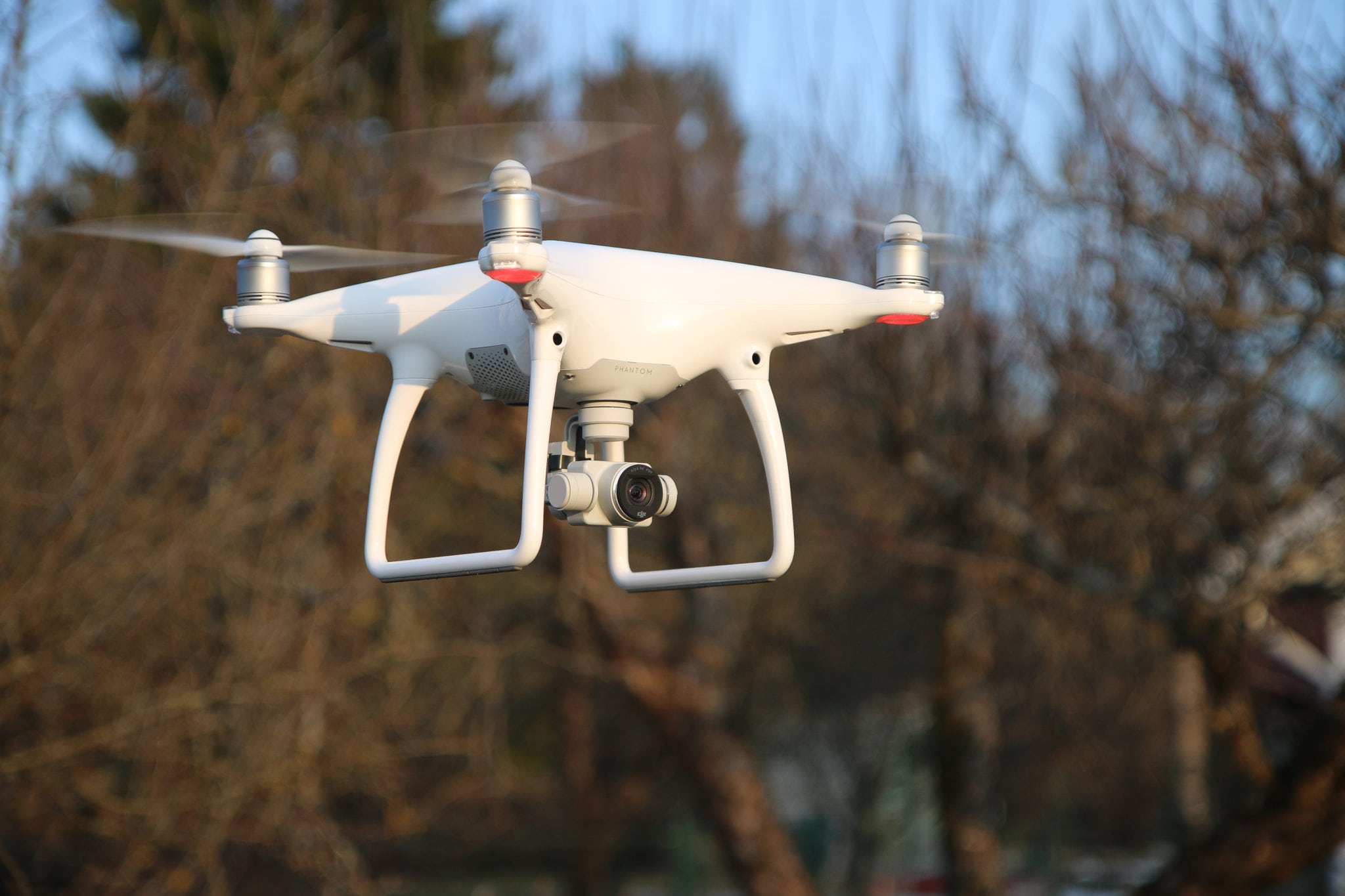
DJI Phantom 4. Photo: DJI
The FAA on Monday issued a draft rulemaking proposal seeking feedback from the public on ways to limit the public safety and national security risks of operating small drones in the national airspace.
The advance notice of proposed rulemaking is another step by the FAA to improve the integration of small unmanned aircraft systems (UAS) — those weighing less than 55 pounds — into the national airspace, permissions that were granted in August 2016 under an agency rule known as Part 107.
“This new proposal identifies major drone safety and security issues that may pose a threat to other aircraft, to people on the ground or to national security,” Transportation Secretary Elaine Chao said on Monday in remarks to the National Research Council’s Transportation Research Board. She said the advanced notice will be published in the Federal Register as soon as possible.
The draft provides a series of discussion points and questions related to safety and security risks around a number of subjects, including stand-off distances for UAS, limitations on altitude, speed and other performance characteristics, incorporation of unmanned traffic management (UTM) for small drones, payload restrictions, and critical system design requirements such as redundant power systems.
The draft notice doesn’t address counter UAS technologies, which are generating more interest by federal authorities concerned about the use of drones to spy on sensitive facilities and people, smuggle drugs and contraband, and even be weaponized.
In response to a query from sister publication Defense Daily about FAA discussions with U.S. airports about the use of counter-drone systems following numerous instances in December where drones were flying illegally near London’s Gatwick airport, causing flights to be delayed, an agency spokeswoman pointed to the FAA’s UAS announcements on Monday.
Under the discussion and questions around payload restrictions, the draft proposal says, “The FAA is aware of situations where small UAS have been used to conduct illegal surveillance and industrial espionage; to deliver contraband to prison inmates; to deliver incendiary, explosive, chemical and radiological payloads; to damage or disrupt critical infrastructure, including communications networks; and to conduct malicious cyber activity. There have been instances in which small UAS were used in ways that interfere with law enforcement, firefighting, and aviation operations.”
The U.S. departments of Defense, Energy, Homeland Security and Justice have limited authorities from Congress to use counter UAS technologies to protect select critical infrastructures in the U.S. The Department of Homeland Security last year was also given authority to test counter UAS technologies in various environments, a first for a federal civilian agency due to laws preventing the downing of aircraft in the national airspace.
DHS before the partial federal shutdown that began on Dec. 21 was developing plans to begin the counter-drone testing program this year. That planning is likely at a standstill due to the lapse in appropriations to fund DHS operations.
The FAA notes that “public safety and national security entities” are interested in being able to identify UAS that may pose a threat from those that don’t. The FAA has a separate rulemaking process underway for the remote identification and tracking of small UAS.
In addition to the draft proposal on the “Safe and Secure Operations of Small Unmanned Aircraft Systems” (RIN 2120 AL26), the FAA on Monday also issued a draft Notice of Proposed Rulemaking for the “Operation of Small Unmanned Aircraft Systems over People” (RIN 2120 AK85) and its list of selectees for a UTM pilot project.
The Nevada UAS Test Site Smart Silver State, Northern Plains Unmanned Aircraft Systems Test Site and the Virginia Tech Mid-Atlantic Aviation Partnership will conduct the pilots of UTM technologies through September 2019. The aim of the pilot is to “develop and demonstrate a traffic management system to safely integrate drone flights within the nation’s airspace system” and “create a shared information network and gather data that can be used for future rulemakings,” the FAA said.